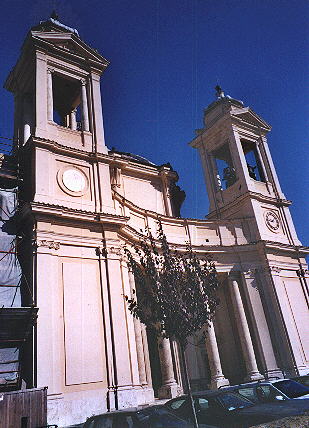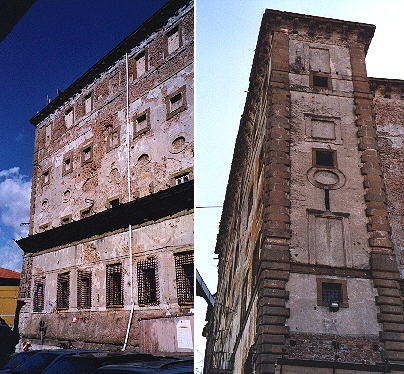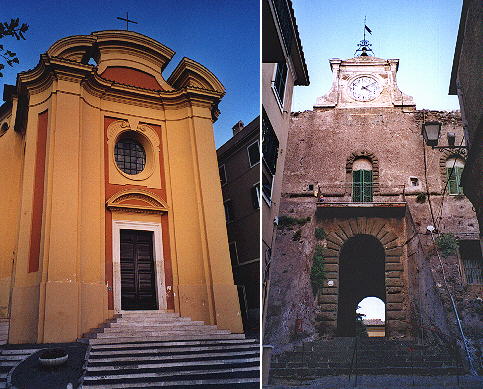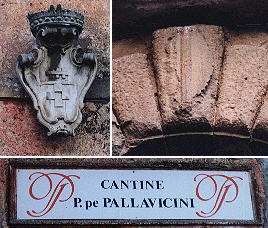  Ferdinand Gregorovius' Walks - Valmontone and Colonna
In 1860 Gregorovius spent a summer in Genazzano for the third time.
At the end of the summer he decided to cross the Volsci Mountains (Aus den Bergen der Volsker) (today called Lepini) to
reach the sea. In this trip he was accompanied by a friend, the German painter R. Muller (a water-colors specialist who later on opened a studio in Piazza Barberini). To reach the mountains he started by going from Genazzano to Valmontone, a little
town on Via Casilina.
All the families of the popes of the XVIIth century acquired fiefs from the Colonna in this area and built palaces and churches (Borghese in Monteporzio, Barberini in Palestrina, Pamphily in Valmontone, Chigi in Ariccia, Rospigliosi in Zagarolo). The Pamphily erected in Valmontone a fine church designed by Mattia de' Rossi. The church clearly exceeds the needs of the small population of Valmontone and, as Gregorovius remarks in his account, it would fit well also in Rome.
The large palace erected by Camillo Pamphily suffered great damage in 1944 during World War II. It was close to collapsing and the windows were walled up to prevent this from happening. It is now in the process of being restored. Gregorovius briefly mentions also the village of Colonna, the first possession of the family with the same name. The village did not belong any longer to the Colonna: it had been sold to the Rospigliosi family. A member of this family, in order to comply with a requirement set in his will by Cardinal Lazzaro Pallavicini in 1680, changed his surname in Pallavicini. The fine small baroque church of Colonna was built by the Pallavicini.
At the top of the hill we can see the small Colonna palace, which still shows the symbol of the family. The Pallavicini show their coat of arms on the cellars (in Italian cantina) where they store the wine they still produce in this area.
Gregorovius moved on towards Segni. Introductory page on Ferdinand Gregorovius Segni Norma Cori Other walks: The Roman Campagna: Palestrina Genazzano Paliano Anagni The Ernici Mountains: Ferentino Alatri On the Latin shores: Anzio Nettuno and Torre Astura Circe's Cape: Terracina San Felice The Orsini Castle in Bracciano Subiaco, the oldest Benedictine monastery See my Home Page on Baroque Rome or my Home Page on Rome in the footsteps of an XVIIIth century traveller. |
All images © 1999 - 2003 by Roberto Piperno. Write to romapip@quipo.it



